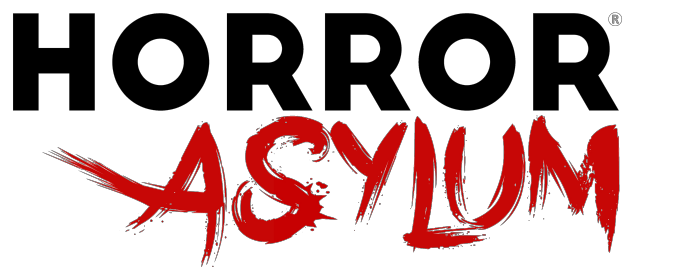Within every genre (and, likewise, with every subgenre), there are good works and there are bad works. It’s no different with zombie films. There are some great, great movies out there, but there are also some truly awful efforts.
And then there is Dawn of the Dead. It’s hard to convince someone who’s never seen Dawn of the Dead that it’s not only the greatest zombie film of all time, but also one of the overall greatest horror films. Those outside of horror circles have never even heard of the film, and many find it hard to swallow that an independent film made over twenty years ago with no major stars and a trim budget could possibly rank among titles like Halloween and The Exorcist. But those who’ve seen George Romero’s masterpiece know better.
A loose sequel to Night of the Living Dead, Dawn of the Dead begins in Philidelphia, where, just like everywhere else in the world, chaos has engulfed the public. The dead are returning to life and attacking the living, and nobody knows what’s causing it or quite how to stop it. Between the zombies themselves and the rampant gang warfare in the streets, and the stubborn citizens who refuse to follow governmental guidelines and destroy the corpses of their loved ones before they can rise and create more victims, it seems humanity is fighting a losing battle. The police are giving up, abandoning their post. The TV news crews are following suit. Everything is falling apart, and fast.
In an effort to escape the increasingly dangerous city environment, two Philly SWAT team members take off with a traffic reporter and his fiancee in a stolen helicopter, intent on finding some rural area to settle into and catch their breath. Instead, what they come across is an entire shopping mall filled with the living dead. They set up camp at the mall, growing quickly accostomed to all of its material pleasures within which are now free for the taking. After purging the mall of the zombies, the foursome grows further and further domesticated in their makeshift home, but also further and further detatched from each other. So comfortable are they that they are ill-prepared for a scavenging gang of bikers (headed by gore effects master Tom Savini) who break into the mall, allowing the zombies to horde inside as well, giving way to one of the goriest climactic massacres in film history.
Dawn of the Dead is an ultimate horror movie, but it is also much, much more. Romero’s initial idea for his zombie sequel came one afternoon while he was walking around the local mall and noted the blank stares on the faces of shoppers, who seemed like zombies themselves, wandering aimlessly from store-to-store and buying anything and everything, regardless of need. With that one afternoon came the germ for Dawn of the Dead’s primary theme: we are the zombies; Suburban America and all of its cozy comforts has created a legion of mindless consumer ‘zombies,’ more comfortable with going out and buying into a fantasy than staying home and coping with the reality of life.
Romero’s commentary on bourgeoise American society is harsh, and it is complimented well with the superb in-your-face gore effects of Tom Savini. Dawn of the Dead is filled with some of the best and bloodiest scenes of head explosions, severed limbs, and gushing gunshot wounds.
Most importantly, Dawn of the Dead does what so few contemporary horror films manage to do; something that makes other horror films like Halloween and The Exorcist into the classics that they are. It lingers with you long after the final moments of the film. It forces you to think about what you’ve seen, and how it applies to you.
OVERALL SUMMARY
Perhaps the most important aspect about Dawn of the Dead, the reason it deserves its spot at the top of the horror film elite, is that it does what great horror films are supposed to do. It leaves you very, very scared.
